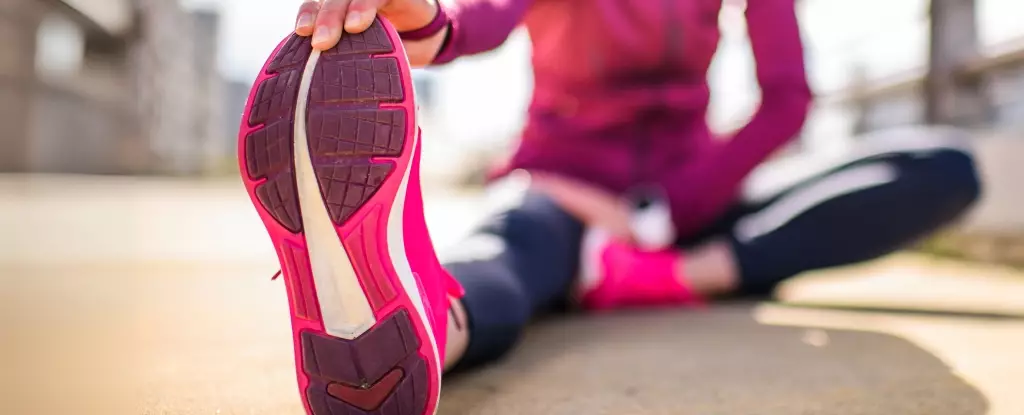

Flexibility is often an overlooked component of physical fitness, overshadowed by strength and endurance. However, its significance cannot be understated. Defined as the ability of a joint or series of joints to move through its full range of motion, flexibility plays a critical role in athletic performance, daily activities, and injury prevention. Whether you’re an athlete seeking optimal performance or someone simply hoping to maintain independence as you age, understanding and improving flexibility can contribute significantly to your overall health.
With the increasing emphasis on a sedentary lifestyle, especially in urban settings, many people experience decreased flexibility. This not only restricts movement but can lead to chronic pain and increased injury risk during physical exertions. Simple tasks such as bending to tie your shoes or reaching for items can become daunting challenges. Thus, integrating flexibility exercises into your routine isn’t just beneficial; it’s essential.
When we talk about flexibility, stretching is the go-to method for achieving improvements. Among various stretching techniques, static stretching has emerged as one of the most popular and effective methods. Static stretching involves lengthening a muscle by positioning a joint in a certain way and holding that position steadily for a prescribed duration—typically between 15 to 60 seconds. This technique promotes muscle elongation and can significantly enhance your flexibility over time.
However, determining the optimal frequency, intensity, and duration of stretching can be challenging. Recent research has provided valuable insights into how much stretching is necessary to yield tangible results. The findings suggest that for immediate flexibility improvements, holding stretches for a cumulative duration of about four minutes in a single session is ideal. Beyond that, the return on investment diminishes, indicating the importance of quantity without overdoing it.
To achieve lasting enhancements in flexibility, it is recommended that individuals aim for a total stretching time of around ten minutes per week for each muscle group. This incremental approach can be broken down into manageable segments—for instance, dedicating a little over one minute daily to each muscle group or engaging in centered stretching sessions twice per week. Importantly, the intensity of the stretch is not as crucial as once believed; both gentle and intense stretches yield similar benefits.
The versatility of stretching is another appealing aspect; it can be seamlessly integrated into daily routines. Whether performing stretches while watching television, during work breaks, or post-exercise, you can easily include flexibility training without requiring special equipment. Incorporating these practices fosters relaxation and enhances mental wellbeing alongside physical improvements.
Although there is no one-size-fits-all formula when it comes to stretching routines, some universally beneficial stretches can cater to various muscle groups. For instance, a common hamstring stretch involves placing one foot on an elevated surface while leaning forward with a straight knee, effectively elongating the muscle. Similarly, the quadriceps can be targeted by bending a knee to pull the ankle toward the buttocks. To stretch the triceps, reaching one arm overhead and bending at the elbow provides a simple yet effective stretch.
For personalized guidance, consulting a health professional such as a physiotherapist is advisable. These experts can perform tailored assessments and recommend specific stretches to target individual needs. This specialized approach can greatly enhance the effectiveness of your stretching routine and ensure that you are not exacerbating any existing issues.
In concluding, flexibility is a vital aspect of physical fitness that deserves attention alongside strength and endurance. For anyone looking to improve their flexibility, a small time investment can yield significant benefits. Following the outlined recommendations ensures that individuals of all ages and fitness levels can enhance their flexibility, reduce injury risk, and ultimately lead healthier, more active lives.
Commit to integrating flexibility practices into your daily routine, and you’ll discover that it truly isn’t a stretch to become more flexible. As you progress, appreciate the incremental changes, celebrate your milestones, and remember that the journey to enhanced flexibility is a worthwhile endeavor in pursuit of overall wellness.
The battle against antimicrobial resistance (AMR) has become one of the paramount public health challenges…
In our relentless pursuit of healthier lifestyles, the craze for sugar alternatives has become a…
As climate change continues to wreak havoc globally, Africa's vulnerability makes it imperative for nations…
The realm of quantum technology has long been hailed as the next frontier in scientific…
The fascination surrounding black holes often breeds misconceptions, particularly the idea that they obliterate not…
In a groundbreaking endeavor, researchers at Trinity College Dublin have merged the worlds of chemistry…
This website uses cookies.